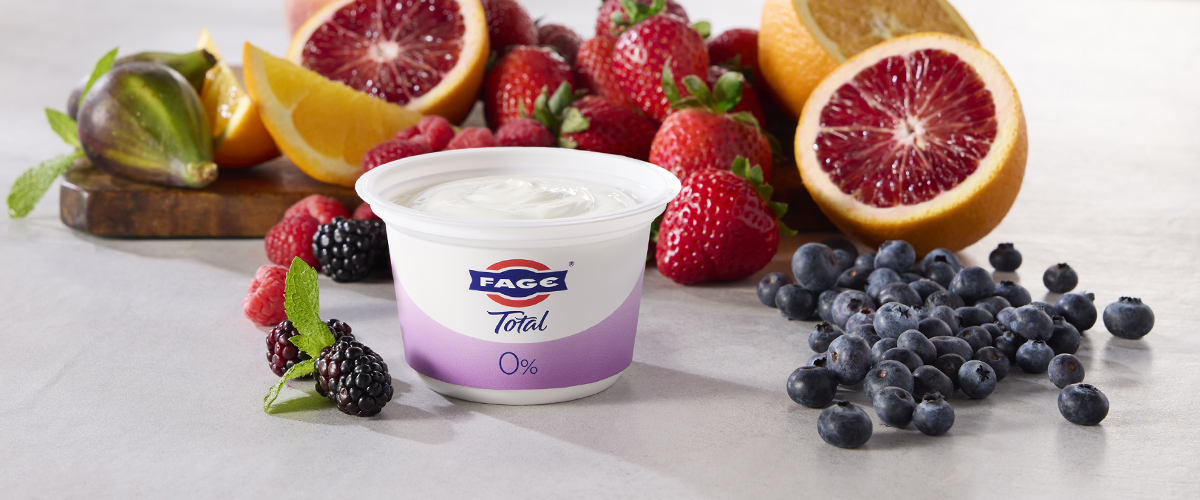Choosing the right syrup for your drink shouldn’t be an afterthought. Here’s a practical guide to when to use honey, agave, Demerara and more.
Building a cocktail is a series of choices. Most new bartenders build drinks focused on the big question—what spirit is right for this application? Then come the secondary musings: perhaps a split citrus, inventive garnish, dash of bitters or a pinch of salt? The choice that often comes last, almost as an afterthought, is how to bring the drink into balance with sweetness.
But sugar is just as important to delicious drinks as spirits, juices and modifiers. The role it plays is threefold—syrups not only balance harsh spirits and acids with sweetness, they also lend flavor and add that elusive rich texture on the palate commonly referred to as body. Different sweeteners will drastically change both the level of sweetness and the mouthfeel in a finished drink. Some are near-universal in their utility—looking at you, simple—and others have niche applications that can take a drink to new heights. Use the following guidelines when deciding which syrup is right for your next cocktail.
NB: I’m going to throw the word “brix” around a lot. Brix is the scientific term for the percentage of dissolved sugar by weight in a solution. It’s the most useful way to think about the sweetness of a syrup and how it will balance the finished drink. Brix is denoted by a number between 0 and 100, where 0 is a liquid that contains no sugar, like water, and 100 is pure sugar. Most cocktail syrups are in the area of 50 brix, meaning they contain equal parts, by weight, sugar and nonsugar ingredients.
Simple Syrup
Simple is a 50-brix combination of equal parts refined white sugar and water. It can be used in any application where a drink needs sweetness and body and should be the jumping-off point for getting a new drink balanced before deciding if it could use a sweetener with a more pronounced flavor profile. Simple shines in drinks that have ingredients that need to speak for themselves. I wouldn’t want anything to get in the way of the straightforward combination of gin and lemon in a Tom Collins, for example, so I sweeten that drink with simple.
Rich Simple
Also known as 2:1 simple, rich simple is a 66.6-brix combination of two parts white sugar and one part water. It is terrific in Old Fashioned–style cocktails in which the spirit needs to shine, and the supporting cast should add almost nothing, only serving to bolster and balance the spirit. Because it is sweeter than standard simple, you’ll have to be careful when subbing the rich variety into existing formulas. Try dropping your standard measures of sweetener from 3/4 ounce to 1/2 ounce, or 1/4 ounce to a barspoon, and go from there.
Demerara
Demerara sugar is less refined than white sugar. The granules are larger and retain some color and flavor from molasses, the byproduct of white sugar production. It is most commonly made into syrups in a 1:1 or 2:1 ratio. Demerara syrup works especially well in cocktails with funky aged rum, spicy bonded rye, or even full-bodied light spirits like genever. Try it anywhere a bold spirit would work in tandem with the rich flavor of molasses, such as an Improved Whiskey Cocktail.
Cane
Cane syrup most commonly refers to simple made with turbinado cane sugar, which functions basically identically to Demerara, an unrefined sugar with some residual molasses. There are, however, a number of bottled cane syrups that are particularly interesting and delicious. Petite Canne Sugar Cane Syrup and Sirop J.M, among other brands, are made from fresh-pressed cane juice boiled down until it is rich, funky and a deep caramel color. These syrups are very sweet, at 72 brix, but provide terrific texture to a finished cocktail. Try them as a substitute for simple in Daiquiris, Caipirinhas and Queen’s Park Swizzles, just remember to scale back your measure because of the additional sweetness. If you usually add 3/4 ounce simple to these drinks, try them with 1/2 ounce of bottled cane syrup.
Honey
Unadulterated honey is a terrible cocktail ingredient. Standard grocery store clover honey is 82 brix, too thick to jigger and too sticky to shake. That said, adding 640 grams of hot water to 1000 grams of honey will yield a 50-brix syrup that is functionally identical to simple but with the signature floral aroma and flavor of honey. The residual protein in honey also creates a beautiful head on the top of shaken cocktails. Try it in honey-forward classics like a Gold Rush or Bee’s Knees and experiment from there.
Agave
Agave nectar is similar to honey in that it’s too viscous to use in its unadulterated form. It commonly sits in the 74- to 76-brix range, so 2 parts nectar to 1 part water (by weight) will yield a syrup close enough to 50 brix to balance like simple. Agave is often pigeonholed into being used exclusively in tequila and mezcal drinks, but because of its high fructose and low glucose content, the perception of sweetness on the palate finishes much more quickly than other sweeteners, so it takes a back seat to more pronounced flavors, which is why it works so well in the Tommy’s Margarita. Try it in any cocktail in which spirit and acid should be the stars of the show, but need some sweetness to balance.
Glycerin
I will absolutely catch heat from natural wine and unadulterated spirit evangelists, who would rather abstain from drinking than consume a product with “unnatural” additives, but food-grade vegetable glycerin is an amazing cocktail ingredient. It’s essentially cursed simple—providing incredible body with zero sweetness and almost undiscernible flavor in the quantities needed to bolster a finished drink. A couple grams per cocktail will provide exactly what a low-ABV spritz or nonalcoholic cocktail are missing. Don’t knock it until you’ve tried it.
Other
There are dozens of other sweetening agents from around the world that come as a liquid or can be dissolved to form a syrup. Sweeteners like jaggery from India, Okinawan black sugar and maple syrup are fantastic cocktail ingredients, but are far more situational in their use because of their powerful flavor profiles. They function best in cocktails specifically designed around them. Try some, and get inspired.








